Every year £5 billion is spent on food in the public sector including meals in our hospitals, schools, prisons and care homes. The sector plays a massive role in on our national diet. A quarter of the entire UK population consume at least one public sector meal a year, while school-aged children get 30% of their daily sustenance through public procurement.
Food in these settings, which also includes universities and military bases, is not known for its top-notch standards. “The price per meal in the public sector is pitiful,” points out Leon Ballin, who heads up Sustainable Food Places at the Soil Association. This means plated food in public life is often of poor nutritional value and even poorer sustainability credentials.
Yet, the public sector has the power through procurement to tackle some of the biggest challenges around unhealthy food, climate change, biodiversity net gain and protecting animal welfare. The powers that be in Westminster finally seem to get it – but could a change in sourcing be a shot in the arm for better food and farming?
The Labour government has recently reaffirmed its manifesto pledge that it wants 50% of public sector food to be grown in the UK or produced to higher environmental standards. This is more easily said than done, with a flatlining economy and with day-to-day government spending set to fall, funding will be a challenge. Recently, in the U.S., massive billion dollar federal programmes that supported local farmers to supply nearby schools with fresh produce have been cancelled.
“We’ve always put a lot of hope in public sector procurement. The issue isn’t new. But why we think it’s an opportunity right now is because the government has committed to 50% local or sustainable in public sector food. They’re making the right noises. At the same time, we’re testing things and they’re working,” states Hannah Gibbs, Programme Manager at Sustain, the alliance for better food and farming.
Sustain has a number of pilot projects through it’s Bridging the Gap programme that involve introducing organic produce into schools including one in Aberdeen with Give Peas a Chance and in Hackney, London. They’re finding that with the right sourcing strategy, organic produce doesn’t have to break the bank.
Moving beyond pilots
Successful projects have been rolled out in Wales with Welsh Veg in Schools, and across the UK, the Soil Association’s Food For Life programme operates in 700 schools and over 80 nurseries, serving around one million accredited meals every day, including those in hospitals, care homes and higher education institutions – but there’s a lot more to be done.
“In some cases with a little bit of menu redesign and reformulation, more vegetables and less meat, these settings are able to procure organic fruit and veg without having a huge impact on their budgets. Some are also going direct to wholesalers, say in London to Better Food Shed, with shorter supply chains and getting competitive pricing,” details Gibbs.
Costs for more nutritious food, say advocates, should also be considered in a wider context. Analysis from the Food Farming and Countryside Commission, has found that the costs of Britain’s unhealthy food system, which is contributing to chronic disease, adds up to £268 billion every year. This is roughly equivalent to the annual UK healthcare budget.
“It’s crucial to take a holistic view on this. We must think about food as a public health good. Providing nutritious, tasty food to children in schools or patients in hospital is essential. And if we’re procuring healthier food that‘s grown using agro-ecological or organic methods, this has environmental benefits as well. If it could be done right, it could deliver multiple benefits,” explains Professor Moya Kneafsey from Coventry University who heads up the Procurement for Good project.
Funded by the Economic and Social Research Council, the aim of this four-year research project is to work out how to scale up sustainably produced food for the public sector. Working with local food hubs, smaller scale producers and public sector buyers, the project will look at how to expand place-based, public food procurement networks.
“There are many questions around how to access public procurement for local food hubs and producers. What are the infrastructure requirements? What does the public sector actually need? How can place-based food networks gear up to deliver this? ” asks Professor Kneafsey.
A £100 million leg up
It also helps that late last year, Crown Commercial Services, the UK’s biggest public procurement organisation, put out a four year tender for £100 million. The aim is to procure better quality, seasonal, sustainable and nutritious food. Fewer food miles is a priority, with a focus on local, smaller producers who promote soil fertility and protect biodiversity. This tender now has its own ‘Buying Better Food and Drink framework.’
“This is the first of its kind. The government has never had a framework like this before, which is supportive of better standards and is a great statement of intent. But the question remains, how do suppliers feed into this system? It’s about making the money work. What it needs is investment from central or regional governments, including local authorities, to actually support this shift,” details Julia Kirby-Smith, Executive Director at Better Food Traders.
One of the biggest challenges is specifically around inclusion – how do smaller farmers and small to medium enterprises (SMEs) access what are often large public sector contracts? Aggregation will be crucial, bringing together local producers at scale that feed into local food hubs in order to deliver a consistency of supply.
It doesn’t help that many local food economies are already fragmented in the UK; infrastructure including processing, logistics, washing facilities and abattoirs is patchy at best. Consolidation over decades has meant that many local facilities have closed.
This means that many UK regions are missing infrastructure that will allow them to serve public settings effectively. For instance, peas grown locally for Sustain’s school project in Aberdeen have to be transported to Norfolk for shelling, then returned to Scotland for consumption – this negates the idea of more sustainable, place-based procurement.
One of the big issues is that many public sector buyers only want to deal with one or two contracts. This is why big corporations and large-scale integrated food businesses from Sodexo to Compass Group have cornered the market. There’s also a lot of paperwork and audit trails, where public sector bodies have to show value for money and accountability. This is where many small businesses struggle.
“The use of the word ‘local’ in procuring contracts can also be anti-competitive. So it is about unpicking what we mean by local, which isn’t local for local’s sake, but promoting social and community values through short supply chains. It is also about quantifying those social benefits and putting them into procurement contracts so that local businesses can meet specific social, environmental and community targets. That way local suppliers stand a better chance of getting the contracts,” explains Kirby-Smith.
Another challenge will be measuring uptake. There are no baseline studies or metrics at the moment showing how much better quality local food enters into public settings across the country. Supply chains for the bigger players are also opaque. Are public sector buyers currently getting a good deal on what they source from big food companies or not? Can we compare like for like? No one knows. More transparency would help.
A lot is possible over time with a top down policy-led approach, just look at Denmark. The city of Copenhagen now serves 90% organic produce in public settings because of a policy change to sourcing. The Danish capital has also leveraged innovative public procurement to boost organic farming. This has led to a five-fold increase in organic sales within the public sector.
Bringing it all together
A joined-up approach means that issues around scale can be tackled whilst feeding into current contracts. This has occurred with Bridging the Gap’s pilot in Wales. “What’s been successful in Welsh Veg in Schools is that growers have come together to do joint crop planning, and then they send their produce through a wholesaler who has existing contracts with catering services at local authorities, and so that has enabled the supply,” details Gibbs.
There are other good examples where individual councils are making things work from Bury in Greater Manchester to Monmouthshire in Wales, where they’ve integrated smaller, local suppliers into the public procurement process.
“There is definitely an issue of security and consistency of supply. Buyers cannot risk there being no carrots supplied to a hospital. How are we going to derisk public procurement for both buyers and suppliers? There does need to be some form of investment whether it is in storage or infrastructure, more flexible logistics and supply chains,” states Leon Ballin, who heads up Sustainable Food Places at the Soil Association.
Ballin adds: “Some local authorities are bending the rules and being more flexible on public procurement contracts to see what happens, so they can make things work. We have seen it be successful for some of them, where passionate individuals are taking the risk. So how can we normalise their experience.”
“We are still at the pioneer phase. I think the will is there in the public sector. Things are changing. But it is yet to work at scale successfully, we’ve had enough pilots. We need some figureheads in power to step up and invest,” he concludes.

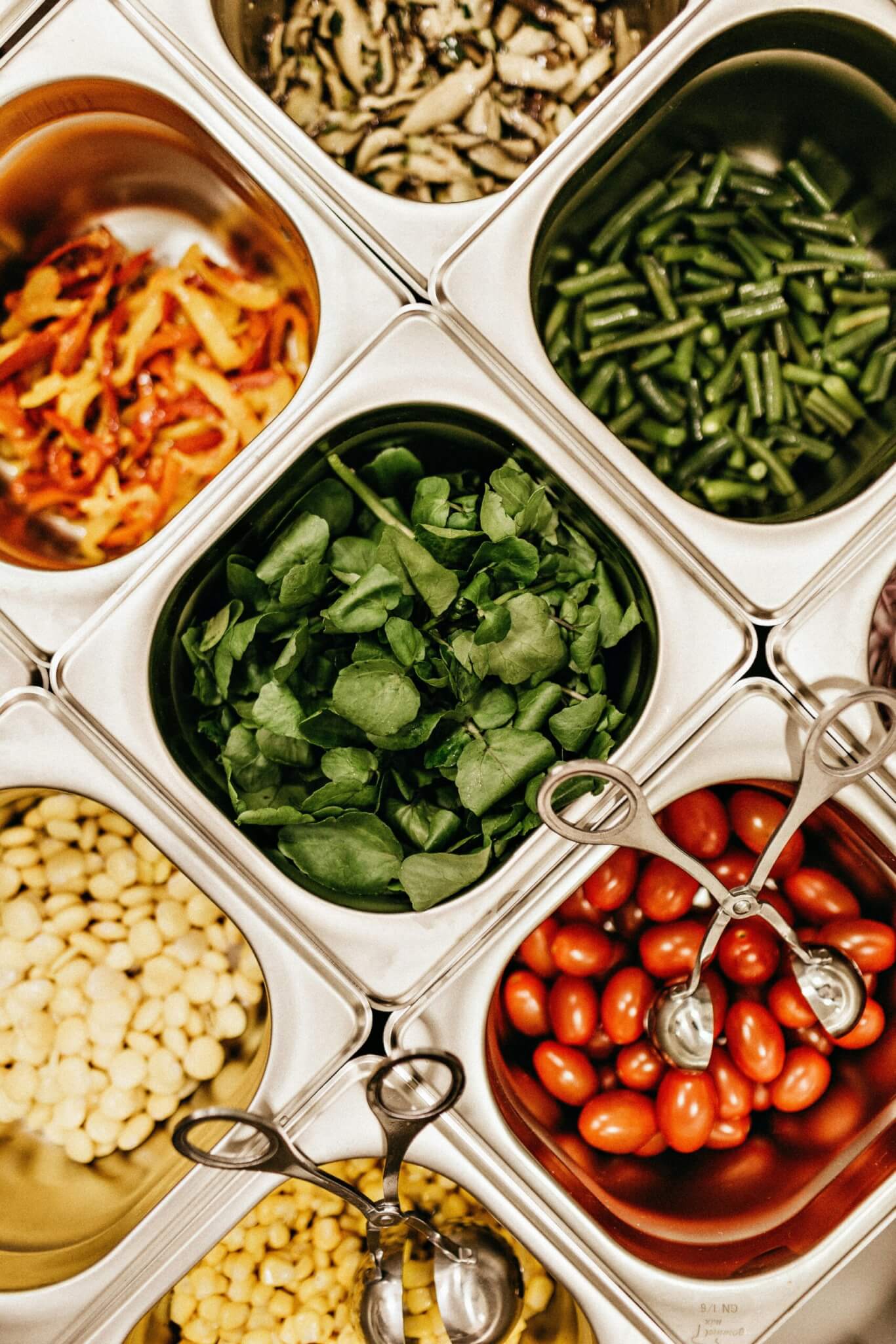

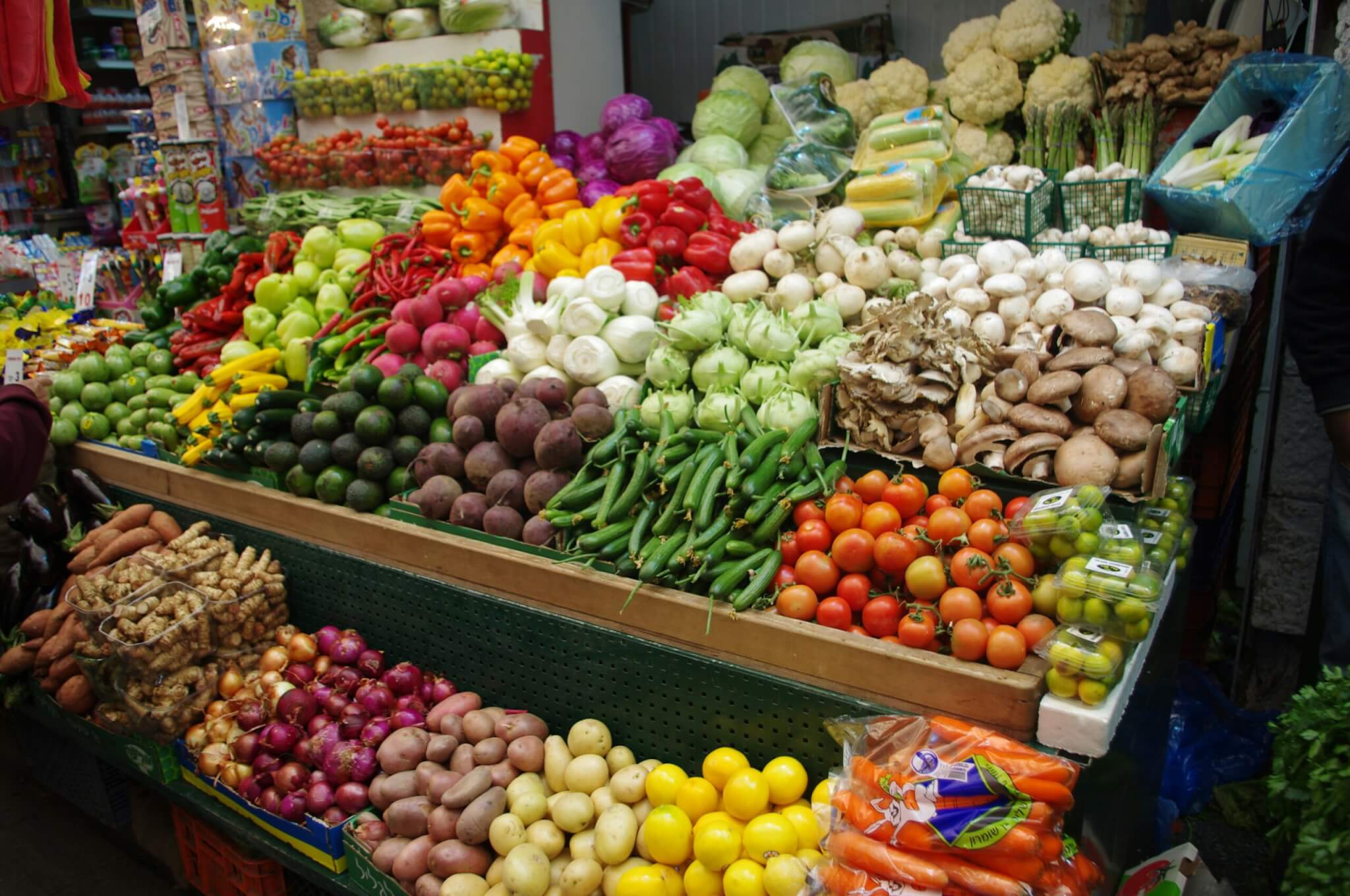


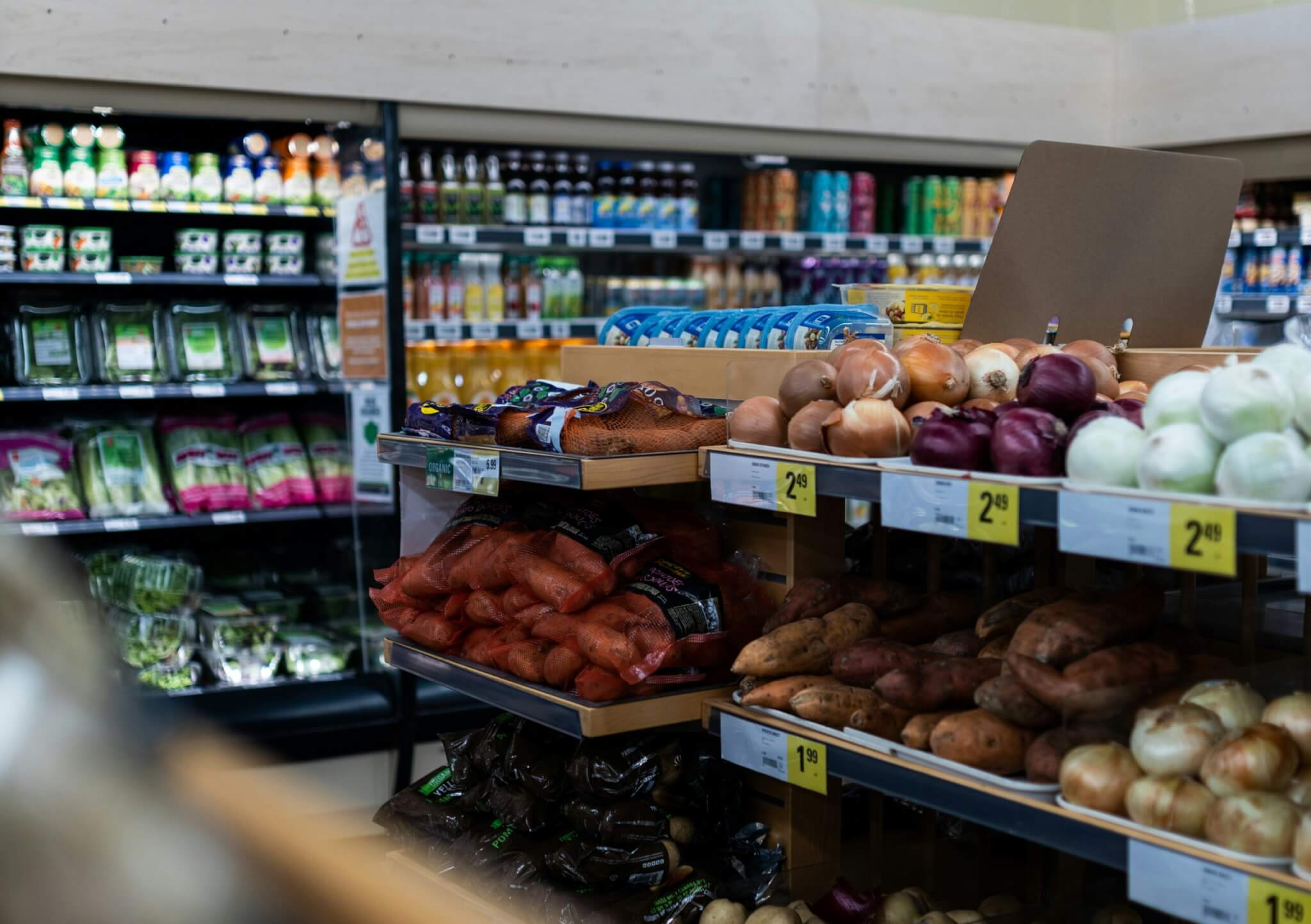

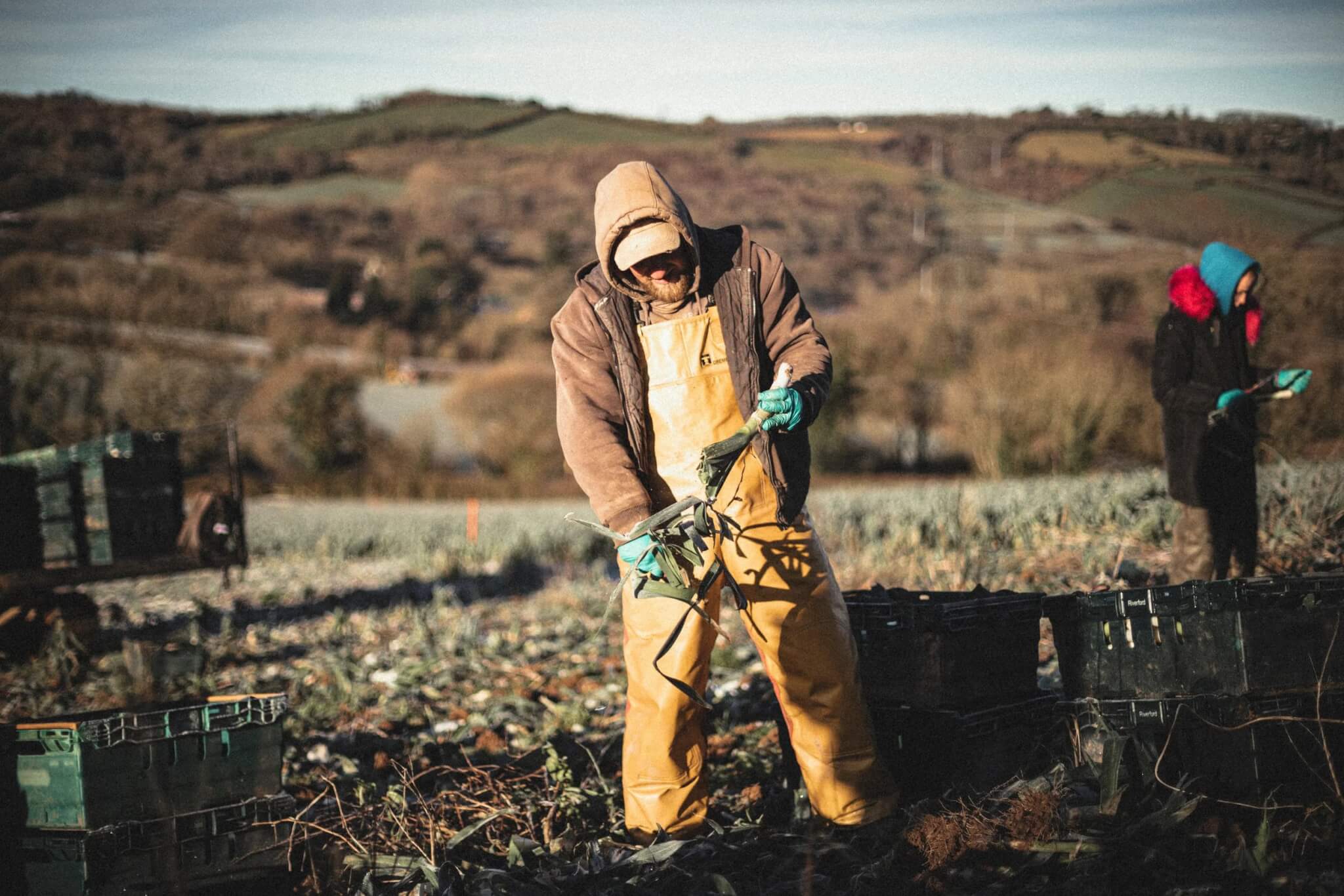
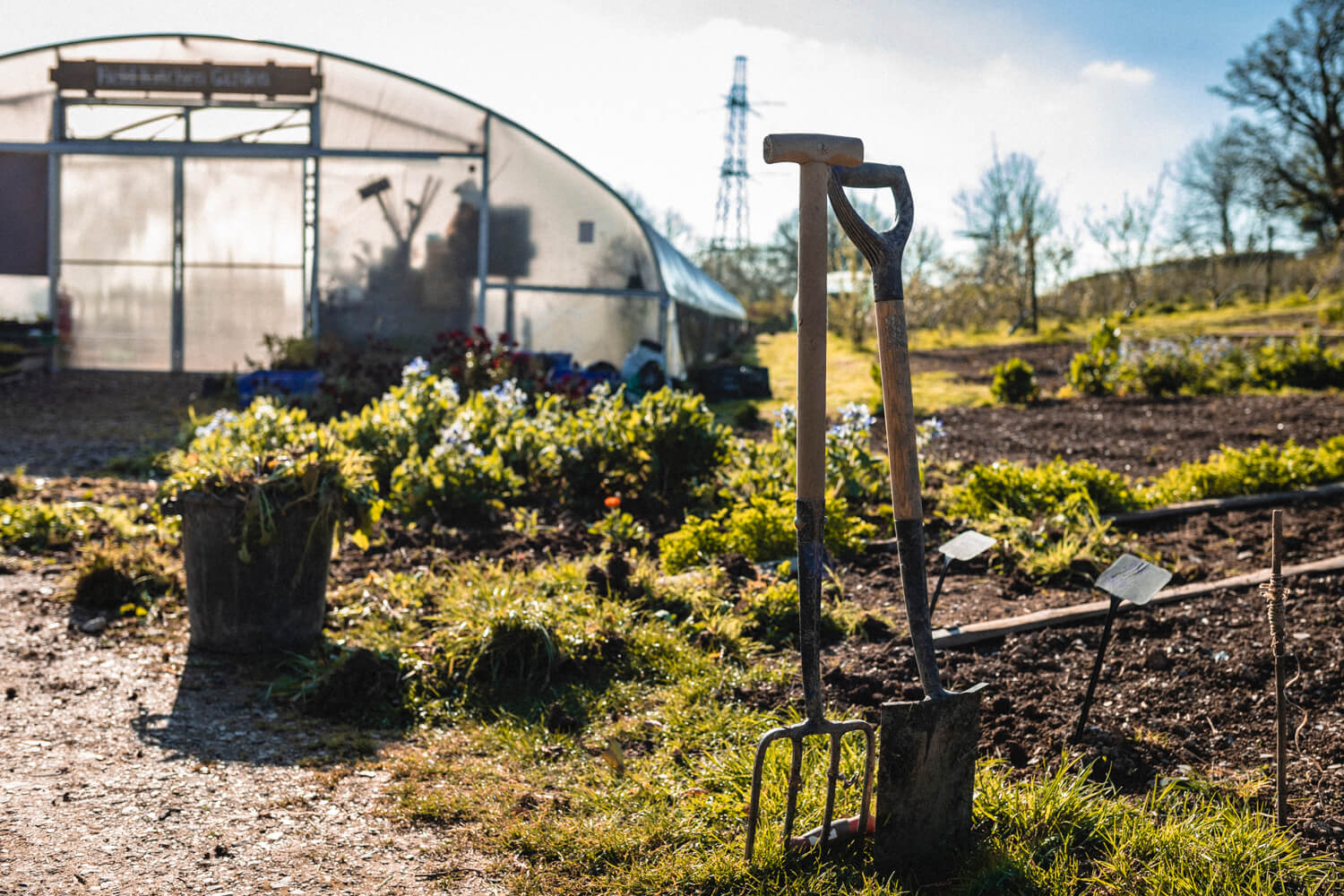
0 Comments